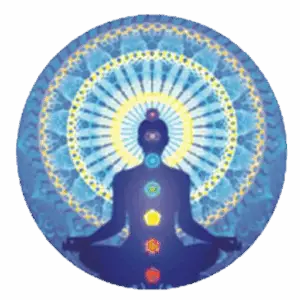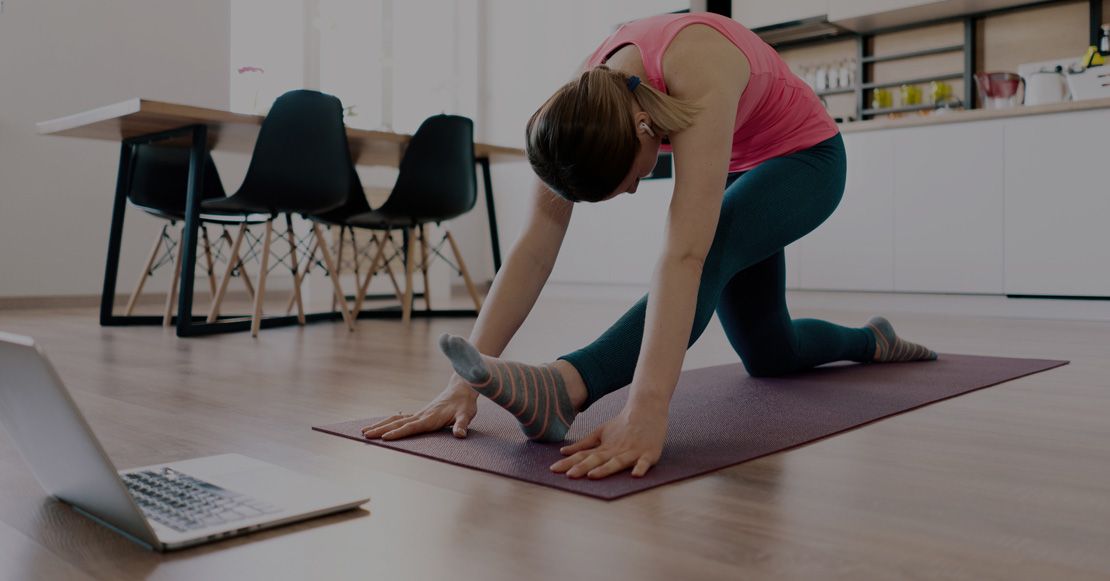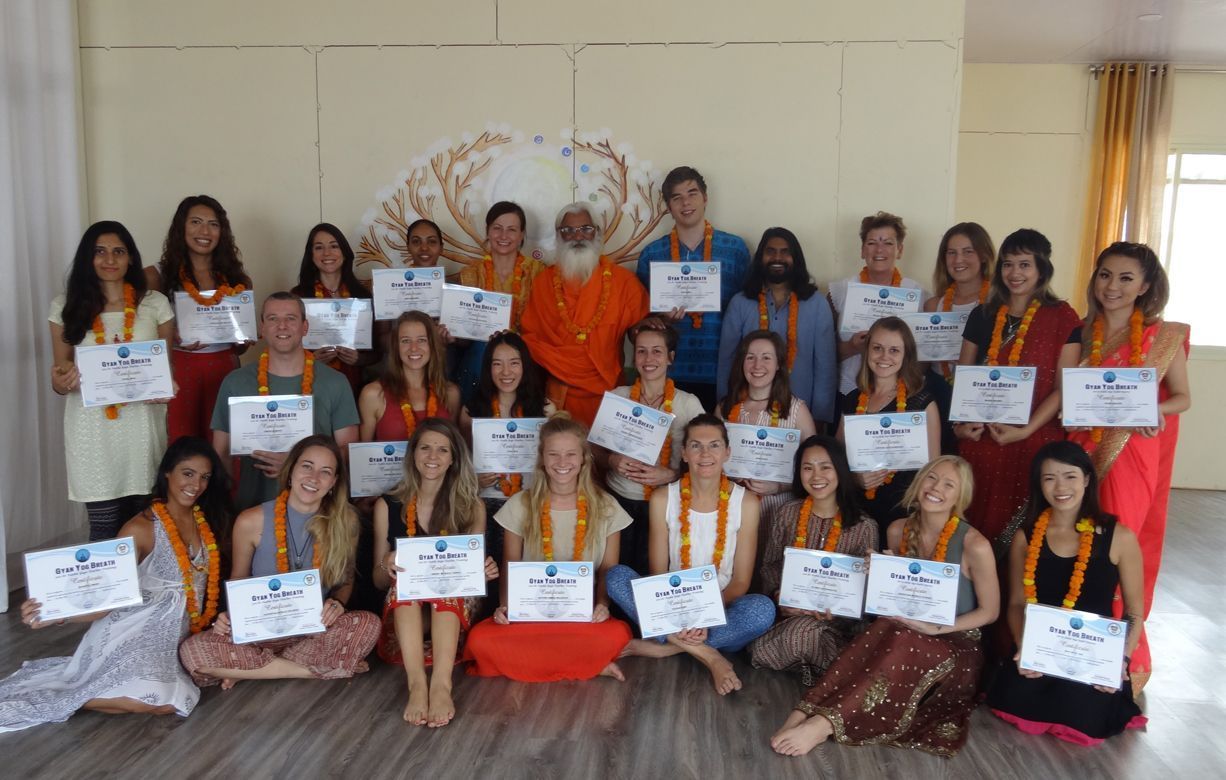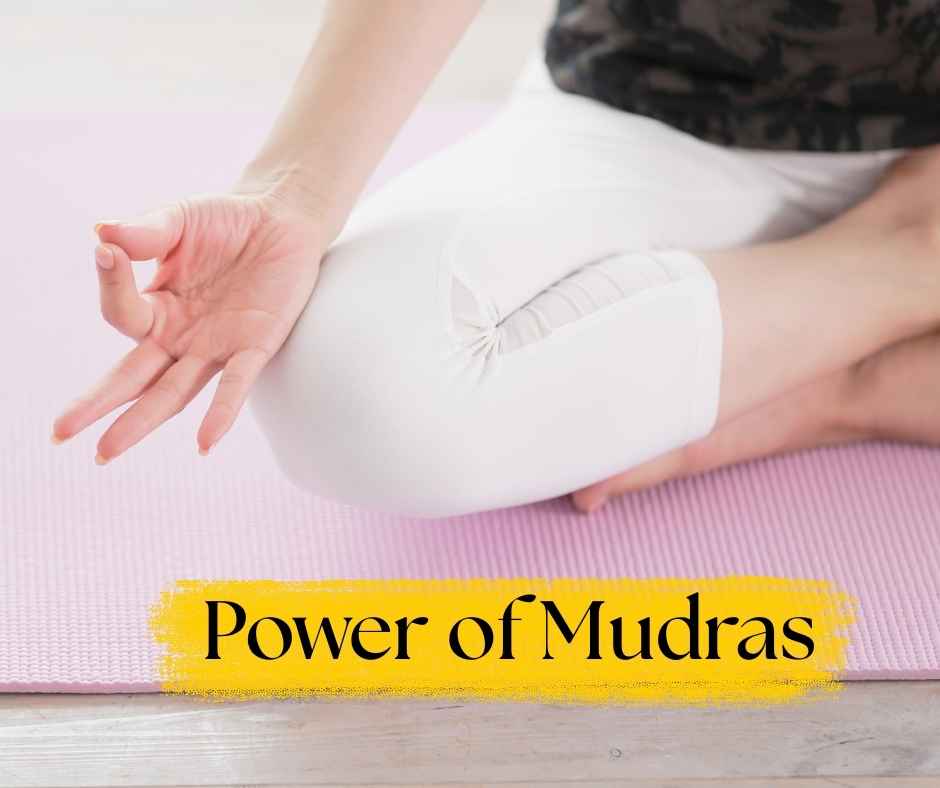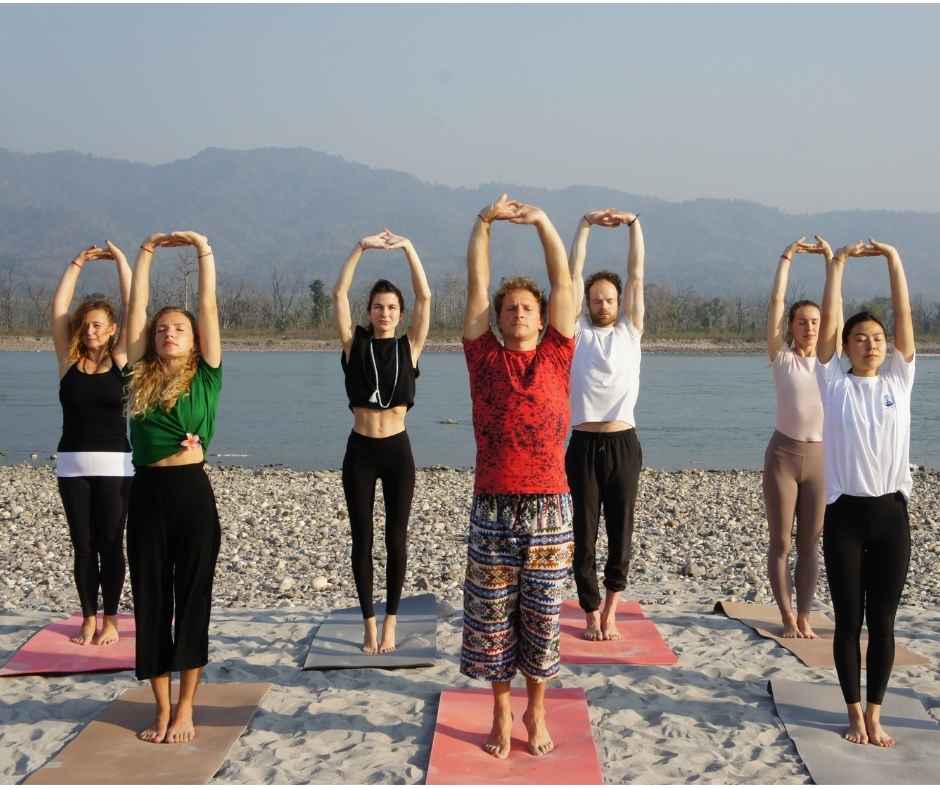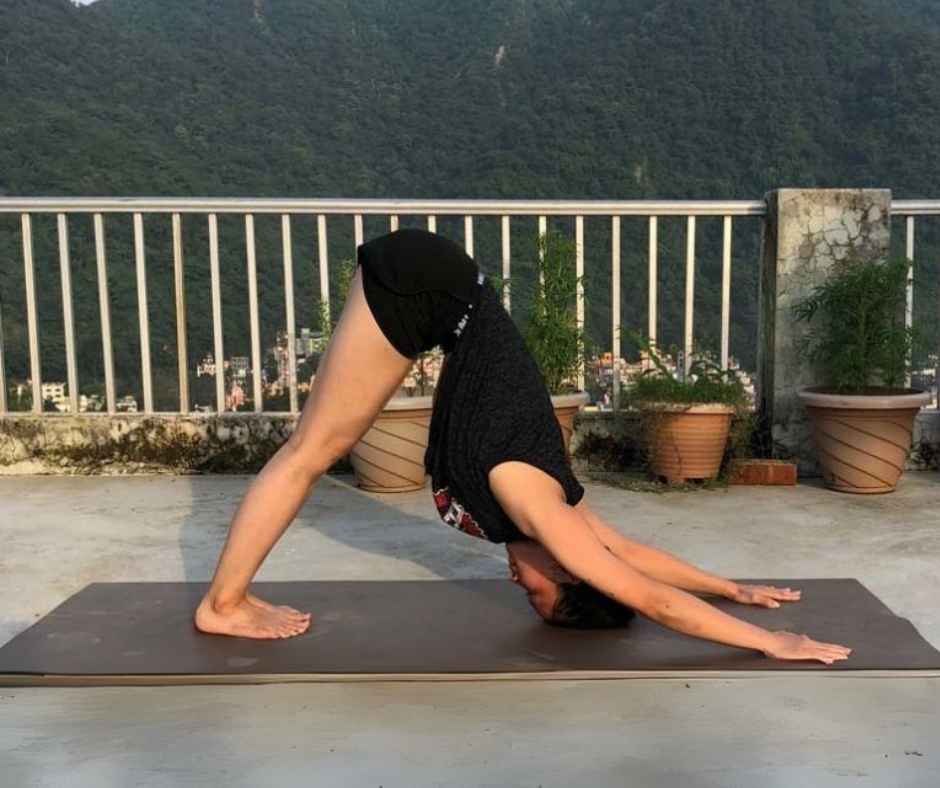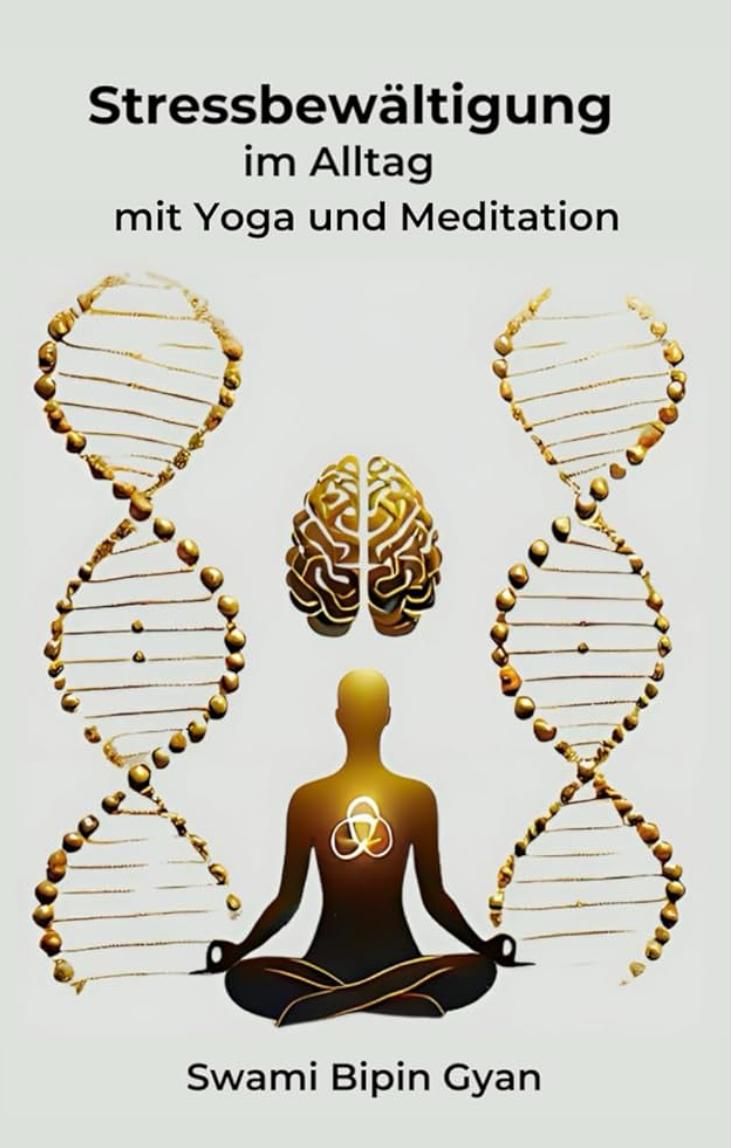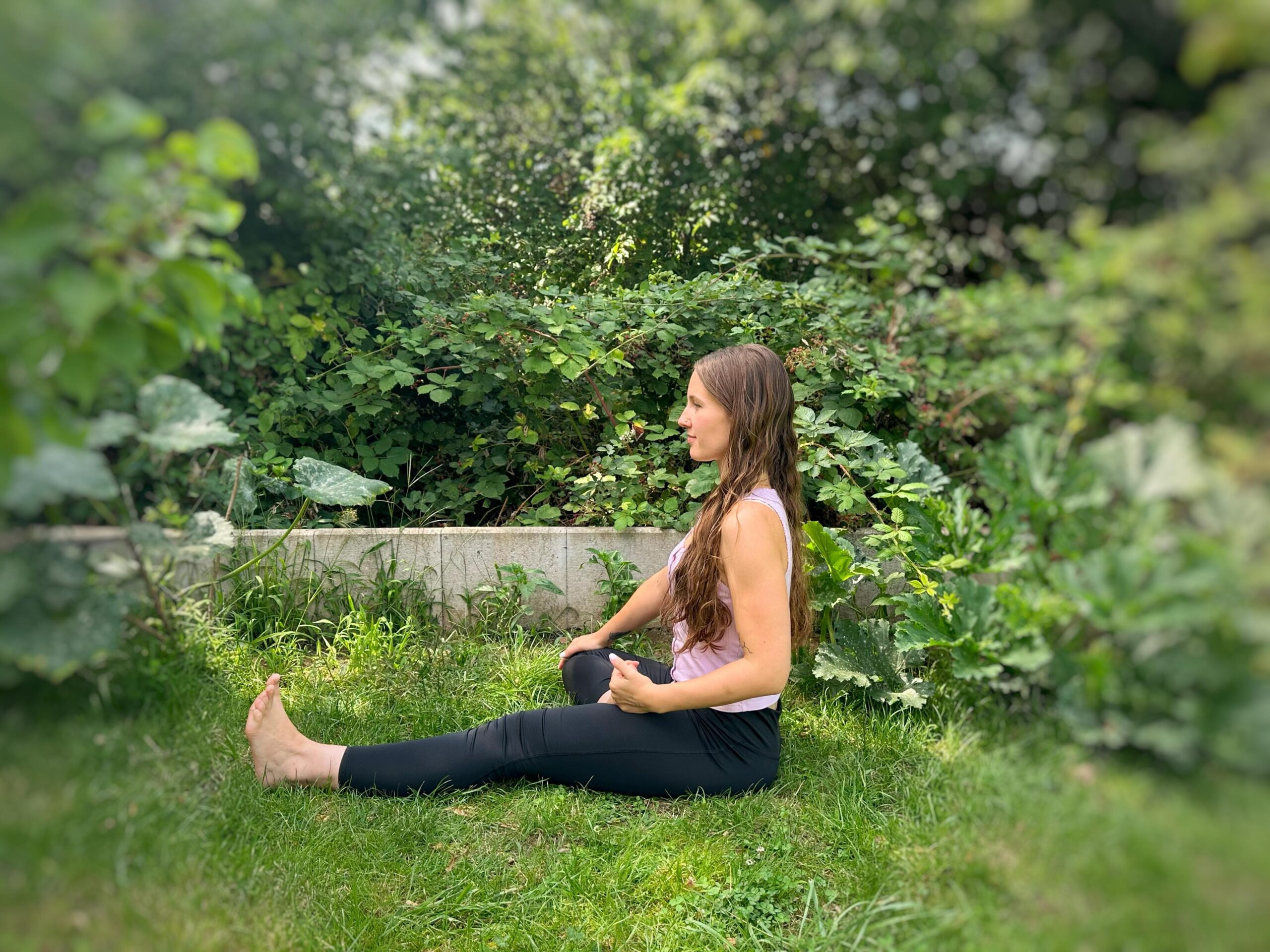
If you’ve been practicing yoga for some time, chances are you’ve come across the word Pawanmuktasana. It might have been casually mentioned by a teacher or found in a book on traditional hatha yoga. In essence, Pawanmuktasana is the yogic term for warm-up—but it’s much more than just stretching before asanas. It’s a foundational practice that opens up the joints, improves circulation, releases physical and energetic blockages, and prepares both body and mind for deeper yogic work.
Pawanmuktasana means “wind releasing pose.” In Sanskrit, pawan means wind or prana (life force), mukta means to release, and asana means pose. So when we say Pawanmukt asana, we’re referring to a group of subtle yoga practices that remove stagnant energy from the body and mind, allowing for the free flow of prana.
This seemingly simple series of movements is one of the most important contributions from the Bihar School of Yoga and the teachings of Swami Satyananda Saraswati. While the practices are gentle and accessible to all, they have a deep and lasting impact on your overall wellbeing. It’s the first practical step in hatha yoga and an essential part of yogic life.
Why Pawanmuktasana is More Than a Warm-Up
People often underestimate Pawanmuktasana because it looks easy. But it’s a mistake to treat these practices casually. The subtlety of Pawanmuktasana is where its real power lies. It develops awareness of your body’s movements, brings your attention inward, and gently wakes up the physical, pranic, and mental systems.
When practiced regularly, Pawanmuktasana removes energy blockages that can otherwise lead to stiffness, muscular tension, poor blood flow, and even long-term dysfunction or disease. You’ll notice that after doing these exercises, your body feels lighter and your mind clearer. That’s not a coincidence—Pawanmuktasana helps regulate and stabilize the flow of energy throughout the body.
The Mind-Body Connection in Pawanmuktasana
Most modern diseases are psychosomatic, meaning they originate in the mind and manifest in the body. Drug treatments often only address the symptoms, not the root cause. Pawanmuktasana, on the other hand, works from the inside out. When done in a relaxed, non-competitive way and with full awareness, it relaxes both muscles and the mind.
The connection between breath and movement in Pawanmuktasana is key. As you synchronize your breath with each movement, your brain waves slow down, your nervous system calms, and you become more present. This has a therapeutic effect on the autonomic nerves, endocrine function, and the activity of internal organs.
The Three Parts of Pawanmuktasana
To understand the full scope of Pawanmuktasana, it helps to know that it’s divided into three groups of asanas. Each group focuses on a different area of the body and energy system, and together they provide a complete preparation for advanced yoga practices.
Part 1: The Anti-Rheumatic Group
This group focuses on loosening the joints—ankles, knees, hips, wrists, shoulders, and neck. It’s especially beneficial for people suffering from arthritis, rheumatism, high blood pressure, or heart conditions. Because it requires no strain and can be done slowly and gently, it’s suitable even for those recovering from illness or injury.
In this part of Pawanmuktasana, you learn to move with awareness—paying attention to the bones, joints, muscles, and how each movement relates to the whole body. There are three layers of awareness you can cultivate:
- Awareness of the physical movement
- Awareness of synchronized breathing
- Awareness of pranic (energy) flow in the body
Resting between sets is essential. After two or three movements, sit quietly in the base position and observe your breath and any sensations in the body. This small pause allows the effects of the asana to settle and promotes inner awareness. Practicing Pawanmuktasana this way enhances relaxation and clarity.
Part 2: The Digestive and Abdominal Group
This group is designed to stimulate the digestive system and remove energy blockages from the abdominal region. It’s ideal for those who suffer from indigestion, constipation, acidity, gas, or diabetes. It’s also helpful for reproductive health and varicose veins.
Practices in Pawanmuktasana Part 2 are done lying on the back in the supine position. You’ll want to use a thin mat or blanket for comfort, especially in poses that involve rocking on the spine. Each movement involves awareness of the stretch, abdominal pressure, and breathing pattern. You’re not just moving the body—you’re massaging the internal organs and rebalancing your system.
It’s important to start slowly. This group can be intense, especially for the lower back, so avoid overdoing it. One or two poses at a time are enough when you’re beginning. Also, some conditions are contraindicated for this group—such as high blood pressure, serious heart issues, or post-abdominal surgery. Always listen to your body and consult a knowledgeable teacher if you’re unsure.
Part 3: Shakti Bandha or Energy Block Group
This group targets deeper energy blockages, particularly in the pelvic region and spine. The Pawanmuktasana practices here are especially helpful for those with low vitality, stiffness in the back, menstrual issues, or anyone preparing for or recovering from childbirth.
By working with the neuro-muscular knots in the body, Pawanmuktasana Part 3 restores flow and vitality. It strengthens the pelvic floor, stimulates the lungs and heart, and enhances endocrine health. These asanas can be introduced early in your yoga journey if you’re in good health, but again, if you have any major medical concerns, get guidance from a professional before starting.
How to Practice Pawanmuktasana Correctly
The success of Pawanmuktasana lies in how it’s practiced—not just what you do, but how you do it.
- Be aware: Don’t go through the motions. Keep your attention on the breath, the body, and the sensations.
- Stay gentle: No straining. These are subtle movements. Let them be soft and fluid.
- Eyes closed: This helps turn your awareness inward.
- Use breath consciously: Breathe slowly and deeply, coordinating movement with inhalation and exhalation.
- Rest often: Between poses and at the end, lie in shavasana and observe the after-effects.
These guidelines ensure that Pawanmuktasana becomes more than physical exercise—it becomes meditation in motion.
It’s easy to overlook Pawanmuktasana because it’s quiet, slow, and unassuming. But skipping it means missing out on one of the most profound tools in yoga. Whether you’re a beginner or an advanced practitioner, these foundational movements prepare you—body, breath, and mind—for everything else yoga has to offer.
Daily practice of Pawanmuktasana creates a balanced, relaxed, and energized state that is essential for exploring deeper aspects of yoga, such as pranayama, meditation, and advanced asanas. It’s not just a warm-up—it’s the groundwork for lifelong wellness.
So the next time you step onto your mat, don’t rush through the warm-up. Slow down. Breathe. Pay attention. Let Pawanmuktasana do its quiet magic.
Feel free to send us an email to gyanyog12@gmail.com to receive your Pawanmuktasana Technique Guide with Pictures.
